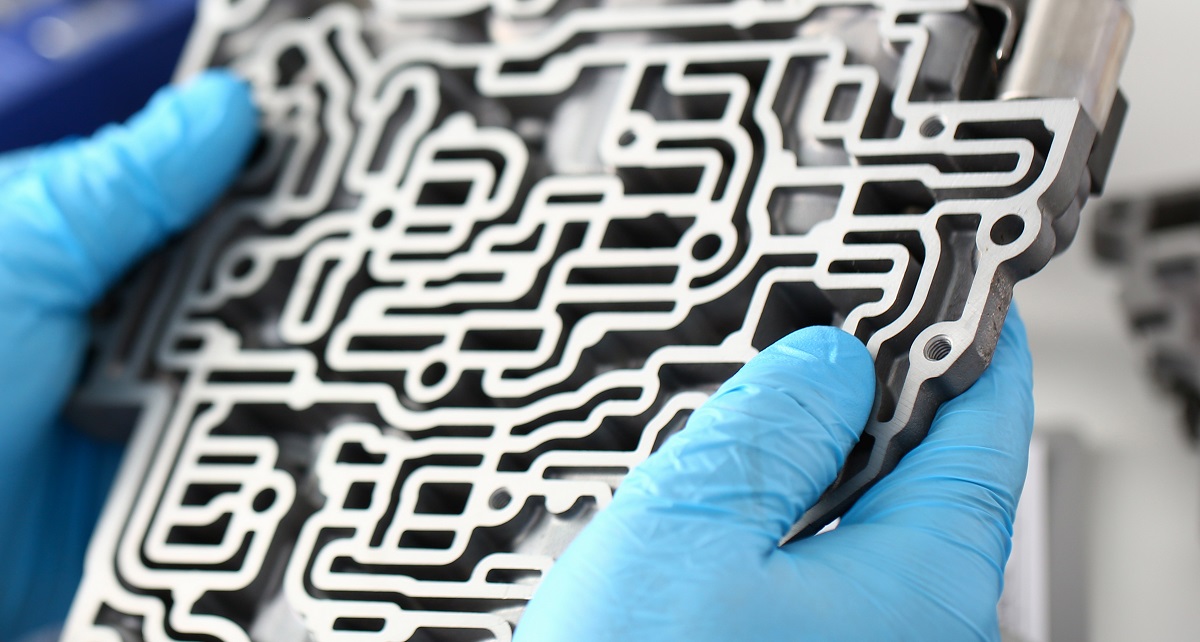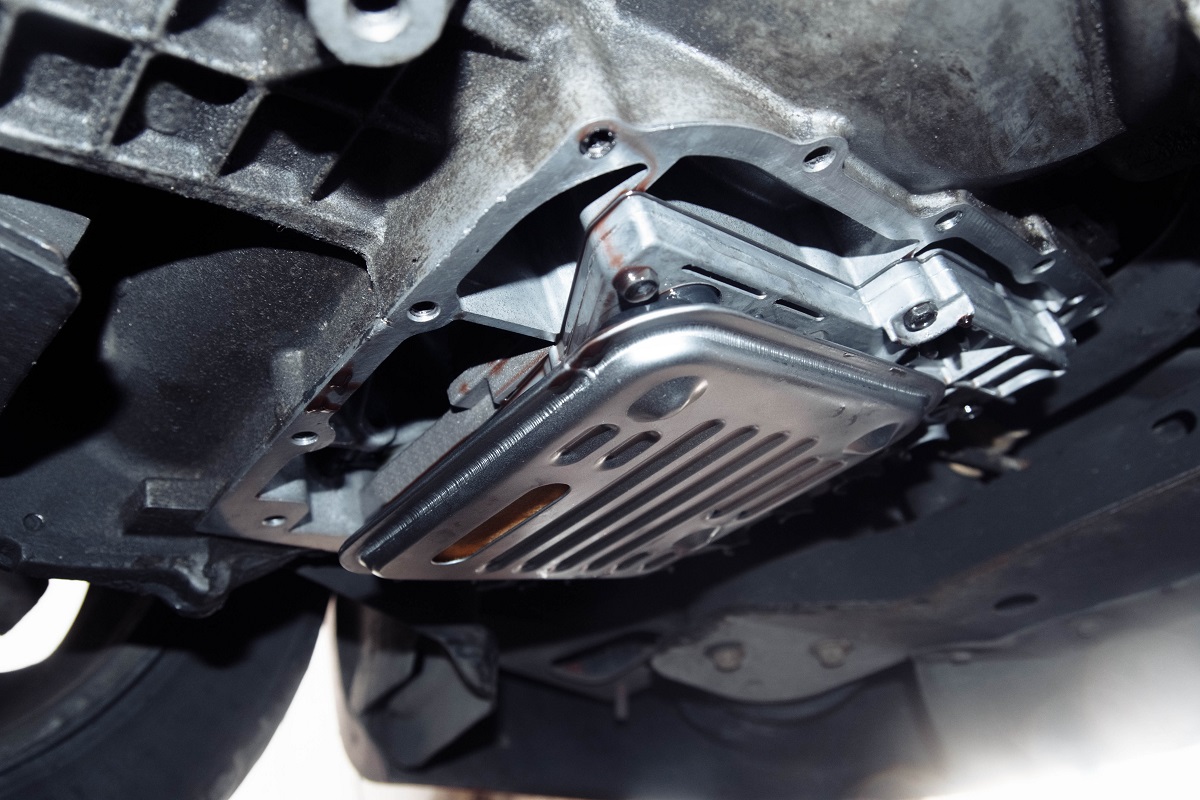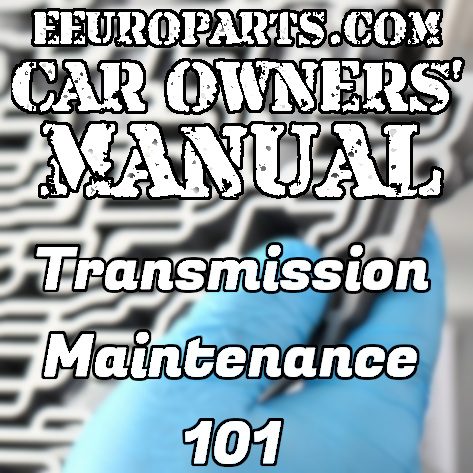Transmission maintenance is a strange concept for many people. In most of their eyes’, the transmission is something that either works or doesn’t. The truth is that most modern automatic and manual gearboxes require regular maintenance, just like any other part of your vehicle.
In this installment of the eEuroparts.com Car Owners’ Manual, we’ll dig deep into what transmission maintenance involves, why you should do it and when it should be done.

What Does Transmission Maintenance Include?
Servicing your transmission can be simple, but it can also involve dropping the transmission oil pan and changing some internals. It all depends on the make and model of your car, as well as the type of transmission it’s running.
At the very least, you’re looking at transmission fluid changes at specific intervals. In most cases involving automatic transmissions, you’ll have to go a step beyond that and change filters, as well as any other wearable components that are meant to be replaced at the same time.
Of course, the complexity of your car’s transmission will dictate how cheap or expensive this type of maintenance will be. Whatever the cost is, driving around with worn-out, degraded transmission fluid and clogged-up filters will undoubtedly cost you more in the long run.
Manual Transmission Maintenance

Manual transmissions are fairly simple in comparison to their automatic counterparts, especially the modern designs. When you remove the need for the car to shift gears itself, the complexity of the entire gearbox drops by an order of 10. This simplification effect applies to the maintenance of manual transmissions as well.
All most manual transmissions require is a regular oil change every 30,000 to 50,000 miles, depending on the manufacturer and particular gearbox. These are fitted with your standard drain plug and a fill plug. The change is done by letting the old gear oil drain completely and then filling the gearbox up with fresh oil per the manufacturer’s recommendations.
Manual generally don’t have filters, which remove the need to do anything more than an oil change. All you have to do is let the old oil out and put the new one in.
However, keep in mind that the lack of integrated filters means that most of the debris is contained in the oil itself. Despite the fact that manual transmissions lack the intricate hydraulic systems full of actuators, contaminated transmission oil can still mess up your gearbox given enough time.
Automatic Transmission Maintenance

Automatic gearboxes are a whole different ball game. We rely on automatic transmissions to do a lot of work, which often means that they are incredibly complex in nature. If you’ve ever seen an automatic transmission valve body, you’ve probably thought you’re looking at a piece of an alien spaceship.
The truth of the matter is that automatic gear changes require a massive mechanical and hydraulic system that only functions as long as there’s clean transmission fluid running through its veins.
Because of that, it’s imperative that you stay on top of your transmission fluid flushes. Many modern cars feature long-life transmission fluids as a plus. These are supposed to last 100,000+ miles depending on the car and the manufacturer.
However, that’s not always true. In many cases, slashing 20-30% off from the manufacturer’s estimate is a good way to keep your transmission alive and well. More frequent fluid changes will greatly improve your chances of enjoying the perks of worry-free car ownership.
What Falls Under Automatic Transmission Maintenance?
Being so complex in nature means that servicing and maintaining automatic transmissions requires a bit more work than simply flushing the fluid. In fact, most modern transmissions of this type feature a filter that is a part of the transmission oil pan. This means that you’re looking at a complete automatic transmission fluid, or ATF flush, new transmission oil pan, and transmission oil pan gaskets.
Flush VS Fluid Change
One of the hot topics you’ll run into when researching this subject is the difference between complete flushes and fluid changes in automatic transmissions.
A fluid change pretty much means draining all the ATF you can out of the system, and filling up the transmission until you get the recommended reading on the stick. The issue here is that you’re only effectively changing 60% of the fluid, thus leaving the rest in there to mix with new fluid.
A full flush means hooking up a special machine to your car’s transmission and pushing pressurized chemicals through the system to flush out any leftover ATF. While this practice sounds great on paper, it has caused a lot of controversies as many carmakers came out advising against doing such a service.
Instead, most manufacturers argue that a simple fluid change is more than enough given that you stick to the prescribed service periods. Many mechanics will go a step further, slash the fluid change intervals (sometimes in half), thus ensuring that whatever leftover fluid there is won’t harm the gearbox.
Keeping an Eye On the Stick

The reason why many mechanics prefer shorter fluid change intervals is simple — not everyone drives the same way, nor are their cars used under the same circumstances. A person who has a lot of stop-and-go traffic and hills on their way to work is going to put more load on their transmission than someone who cruises on flat back country roads to get to work.
In other words, sticking to the mileage counter on your odometer isn’t the best way to track the health of your transmission fluid. Instead, make sure to periodically check the levels, color, and smell of your ATF. Most cars have dipsticks, just like the one for your engine oil, that you can pull and check your ATF.
What Does Good ATF Fluid Look Like?
Good, healthy ATF fluid should be bright red. It will smell kinda sweet and generally have that “clean” new look to it despite being in there for a while.
Check the fluid every few thousand miles to ensure that it’s topped off. Consult your car’s manual on how high the ATF levels should be. In most cases you’ll have well-defined markings on the dipstick, thus making this process that much easier.
What Does Bad ATF Fluid Look Like?
When you pull out the dipstick and the fluid is brown, black, or any dark shade that isn’t red, you’re looking at compromised fluid.
In addition to its looks, worn-out ATF will have a burning smell to it. If you notice any of these signs and your transmission isn’t struggling to shift gears, get it serviced ASAP. If it is struggling, this is most likely why.
Use the Right Fluid for Your Car
Lastly, it’s imperative that you only use the fluid specified by the manufacturer. Are there automatic transmissions that can the wrong ATF and survive?
Sure, but most of them will suffer some sort of damage if you use the wrong stuff. If your manual asks for ZF or BMW-specific fluid, then that’s what you should use.
Additionally, make sure to use genuine quality, or at least OEM grade filters when you service your transmission. Doing so can save you a lot of trouble down the line.
Check Our Catalog for Quality Transmission Fluids, Filters, and Service Kits
Figuring out which fluid should go in your car can be tricky, especially if the manufacturer has made changes in their official recommendations since you’ve bought the car. One way to find out what’s currently recommended for your vehicle is to head over to our store, select your car from our drop-down menu, and then search for transmission parts. You’ll be presented with a list of high-quality products that perfectly match your vehicle.



